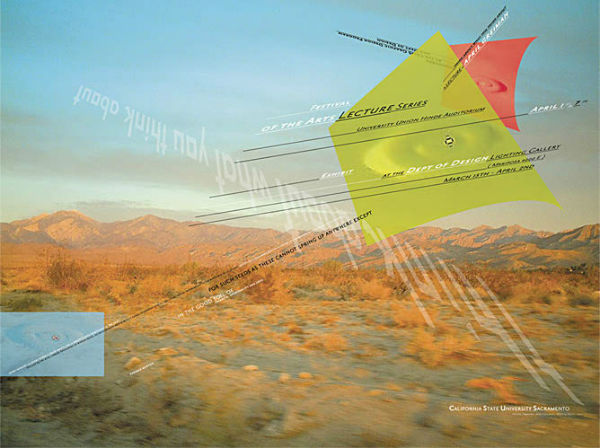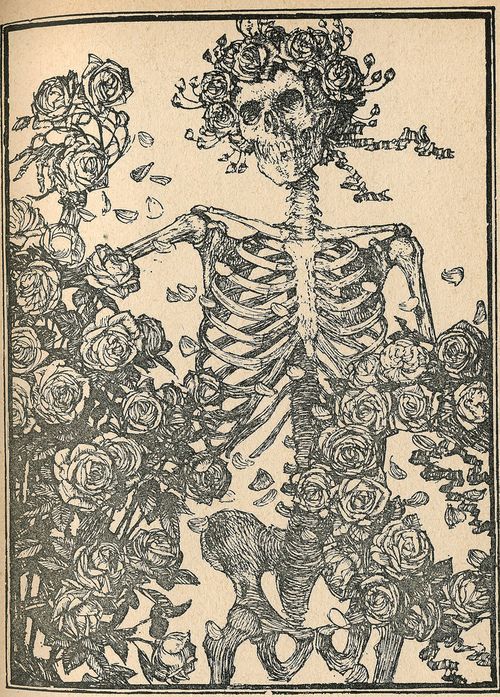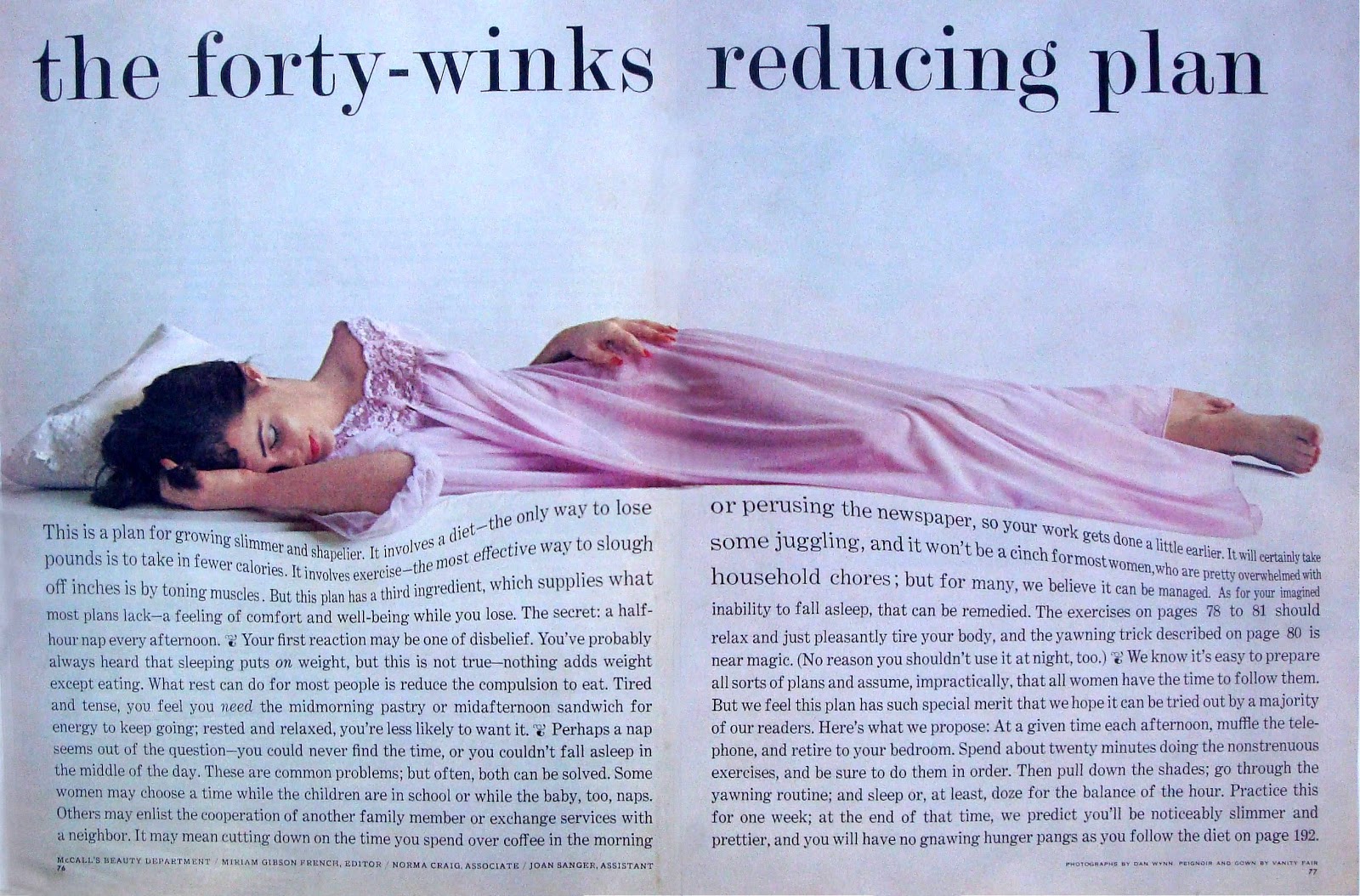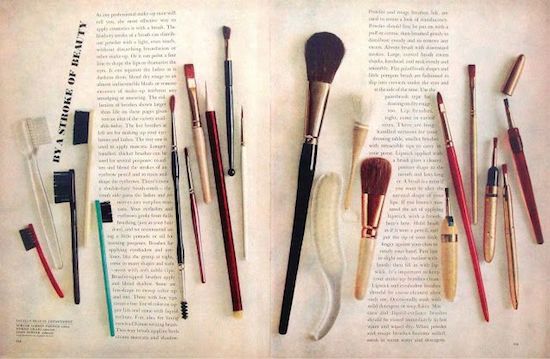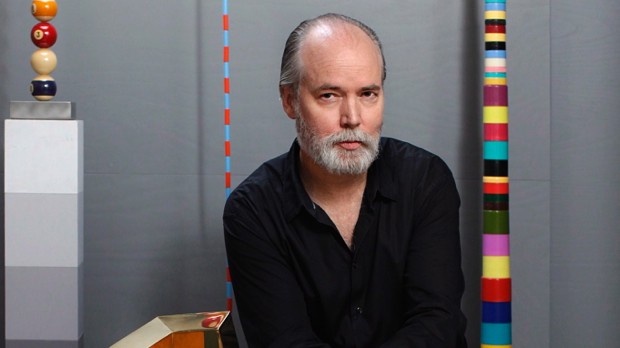
Born in Germany, but grew up in Vancouver, BC, Douglas Coupland has established himself as a Canadian author and artist. In 1984, Douglas attended Emily Carr University of Art and Design as a sculptor but then moved to Hawaii to study Japanese Business Science. In 2013, Douglas was given Officer of the Order Of Canada for his great accomplishments.

Some of Douglas’ greatest works include 2018 Vortex, an installation at the Vancouver Aquarium to bring awareness to plastic pollution in our oceans and his first solo exhibition 2014 “Everywhere is anywhere is anything is everything”. You can see from his great body of work that he is heavily influenced by the pop art era, artists such as Andy Warhol. The difference between pop art and Douglas Coupland’s art is that Douglas Coupland makes pop art that reflects the digital age that we are living in. For example, the “Digital Orca” is a sculpture he produced that showcases Vancouver’s past of harbour life with the future of the digital era.
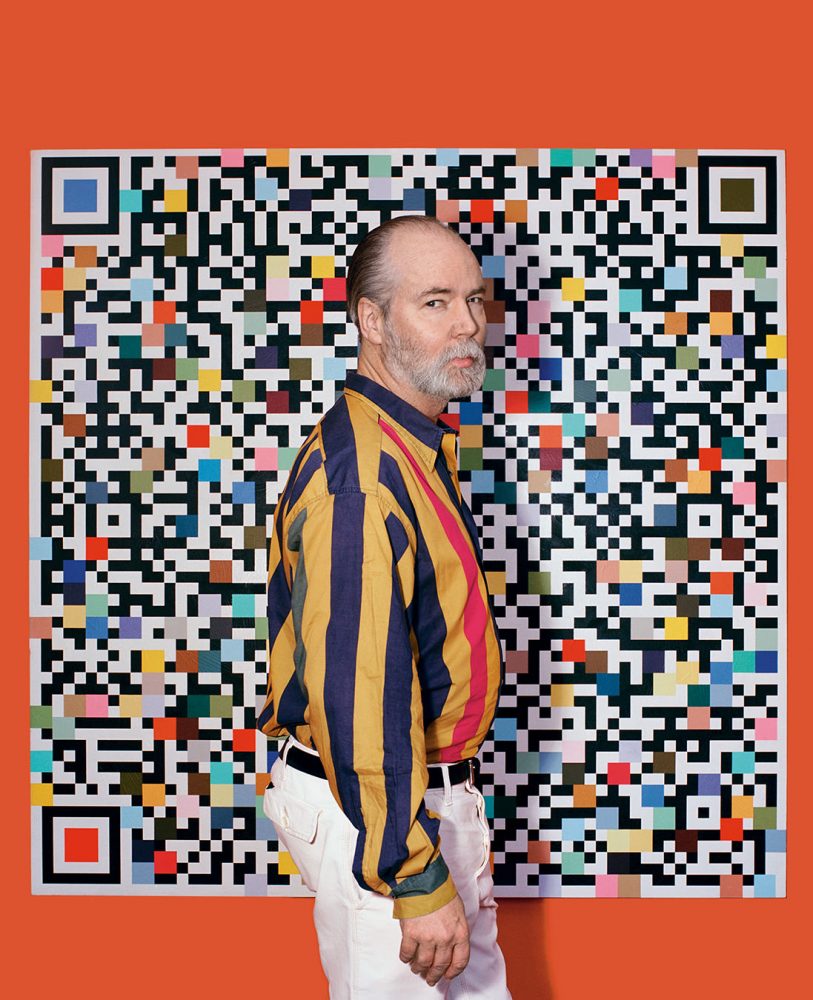

Sources:
https://www.britannica.com/biography/Douglas-Coupland
https://www.thecanadianencyclopedia.ca/en/article/douglas-coupland

